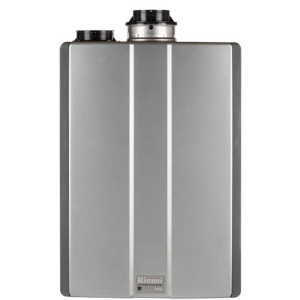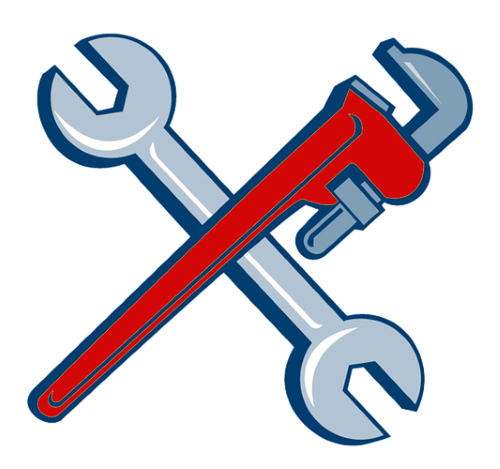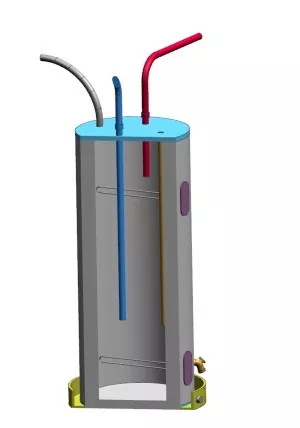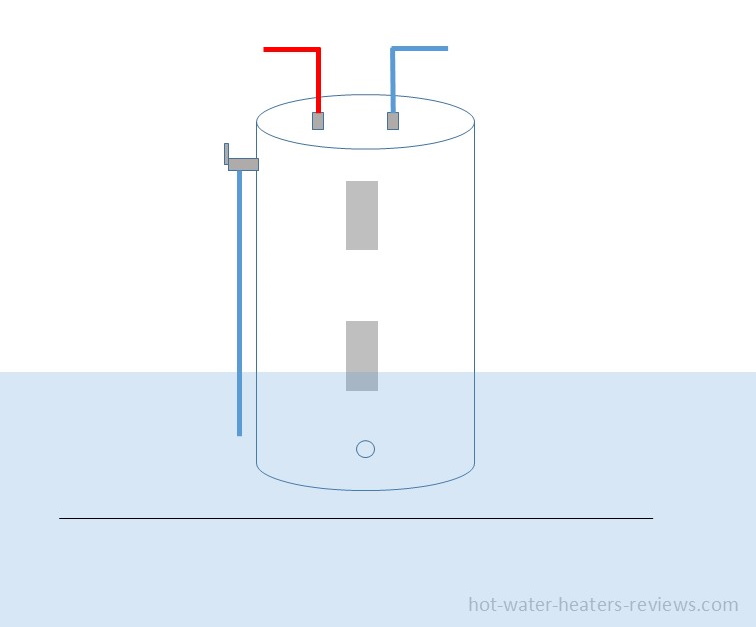How To Save on Water Heating, Improve Comfort and Safety
 Thermostat
ThermostatDo you need instructions on how to change and install a heating element, anode rod, pilot light, or thermostat?
Is your water heater broken, and want to replace it yourself and save?
Do you want to know how to troubleshoot a water heater and repair noise, rotten egg odor, sediment buildup, leaks, or any other hot water problem?
Would you like to know how to clean and maintain your tankless or tank-type water heater and prevent future problems?
Are you asking yourself how to save on water heating and improve comfort, or whether it is better to buy or rent a water heater.
These and many other homeowners' concerns we will explore here in our useful DIY guide.
The guide will help you save on water heating, improve comfort, and protect your home and your family from scalding burns, carbon monoxide poisoning, premature failures, and other accidents.
Note that installing a water heater or any of its elements, including troubleshooting or repairs, is not an average DIY home project. It can be a challenging process, but ultimately, it can save you money. You must have plumbing, gas, and electrical skills, have the right tools, know the local codes, and be willing to spend some time working on it.
And if you are not comfortable working on it, it is best to contact a licensed professional to avoid potential failures and other risks.

Find the latest How To info about water heating and hot water
Discover how to flush a water heater quickly and easily. Flushing your heater helps maintain high performance, removes sediments, gunk, bad odors, and bacteria.
Guide on how to clean a water heater: learn DIY tips to remove dirt, debris, and dust, and avoid problems by regularly maintaining your heating system.
A step-by-step guide on how to drain a water heater fast and easy for better performance. Draining tips and tricks. How to deal with draining problems.
DIY electric water heater maintenance guide. See how cleaning and regular tune-ups can prevent or reduce problems such as the noise, sediment buildup, stinky water.
Water heater venting tips and how to properly vent a gas water heater. Atmospheric venting, requirements, testing, location, problems...
Water heater sizing guide: See how to select the right size of gas and electric tank-type water heaters for home use.
How to remove a water heater properly. A DIY step-by-step guide on removing and installing a water tank heater like a pro.
Sizing a tankless water heater - Things to consider, how to calculate the size, links to calculators, chart of the ground temperature...
Learn how to prevent water heater condensation, spot the symptoms, and distinguish it from leaks. Stay safe by understanding the causes and risks.
Learn how to install a gas water heater with this easy-to-follow guide. See what is needed for successful installation and to ensure maximum performance and efficiency.
Learn how to winterize a tankless water heater, avoid freezing and breaking of the water heater during the winter cold days. Learn essential tips to insulate pipes, drain ...
Check out how proper gas water heater maintenance increases performance, efficiency, and longevity. Make the checklist or schedule the maintenance service to prevent problems.
Discover how to repair hot water heater dripping, top or bottom. Our guide covers common causes and solutions to prevent future leaks.
How do I know if my gas water heater is leaking carbon monoxide and what can I do to prevent it? Check out the signs of carbon monoxide poisoning ...
How to keep hot water temperature at the safe level, prevent scalding burns and bacteria development.
How to extend the life of a water heater affected by hard water. Can a water softener be used? Would the tank flushing solve the problem?
How to Get Hot Water Fast: Does it take too long to get hot water from the water heater to the kitchen sink or shower? Discover quick and efficient methods to obtain hot water quickly.
Exploring recirculating pumps for water heaters and fast hot water delivery. Importance of installing circulating pumps, benefits of the recirculation and saving tips.
See how to improve water heater safety at home. Did you know that your water heater, operating for many years in the basement of your house, could be dangerous, even if it was professionally installed?
29 proven ways to save money on your heating bill: Tips, tricks, and strategies to cut your winter heating costs and conserve energy.
See how to maintain a tankless water heater and extend its lifespan, increase efficiency, boost the performance, and reduce common problems.
Discover expert advice on how to prevent water damage and protect your home. Learn proactive strategies such as regular maintenance, effective drainage systems, and smart home solutions.
How to protect and deal with water heater corrosion, including potential tank rupture, and leaks. Discover effective solutions to address rust-related issues.
Instructions on how properly to ignite a gas water heater. See what types of ignition systems are available with pros and cons. Tips on how to relight a water heater ...
Learn about the causes of overheating in electric water heaters and discover effective troubleshooting techniques to prevent scalding burns and ensure optimal performance.
Other ways to save on water heating
The instructions above mostly consist of DIY projects that can help you save money by working on your water heater instead of hiring expensive plumbers.
Heating a home and water is expensive. Energy used for heating water accounts for almost 20% of the average home's energy usage, making it the second-largest energy expense.
If you're looking to save on water heating, try lowering your energy usage first. Some ways to reduce energy usage are shown below. These are simple things you can do around the house, but they all add up.
Some methods are free, some nearly free, and some with a higher cost:
- Install a tankless. Switch to an ultra-efficient condensing tankless water heater to heat water on demand when needed and avoid standby heat loss. They come with ultra-high efficiency of over 90% and are Energy Star approved, which often brings rebates and tax credits.
- Insulate the system. If your old tank-type water heater is or has become low efficient or water pipes are exposed to cold temperatures, consider adding an insulation blanket to the tank and foam sleeves to the pipes.
- Install a timer. A timer can help you save money by turning the unit on only when you need hot water. Most modern models come with built-in controllers.
- Reduce the temperature. If you lower your temperature on the thermostat by a few degrees, you will definitely lose comfort but increase savings on energy use.
- Change your habits. Sometimes small things make the difference. Try taking shorter showers, using cold water to wash hands and produce, running a full dishwasher only, or opting for a cold water option when washing clothes.
- Fix leaky faucets. Repairing leaky faucets is an essential step to conserve water and save money on your water bill. A leaking faucet can waste a considerable amount of water, and even a small leak can add up to a large amount over time. So, be sure to fix any leaky faucets promptly.
- Use low-flow showerheads and faucets. These fixtures are designed to reduce the amount of water that flows out while maintaining good water pressure. By using them, you can significantly reduce your water consumption without sacrificing your comfort.

 Thermostat
Thermostat





















